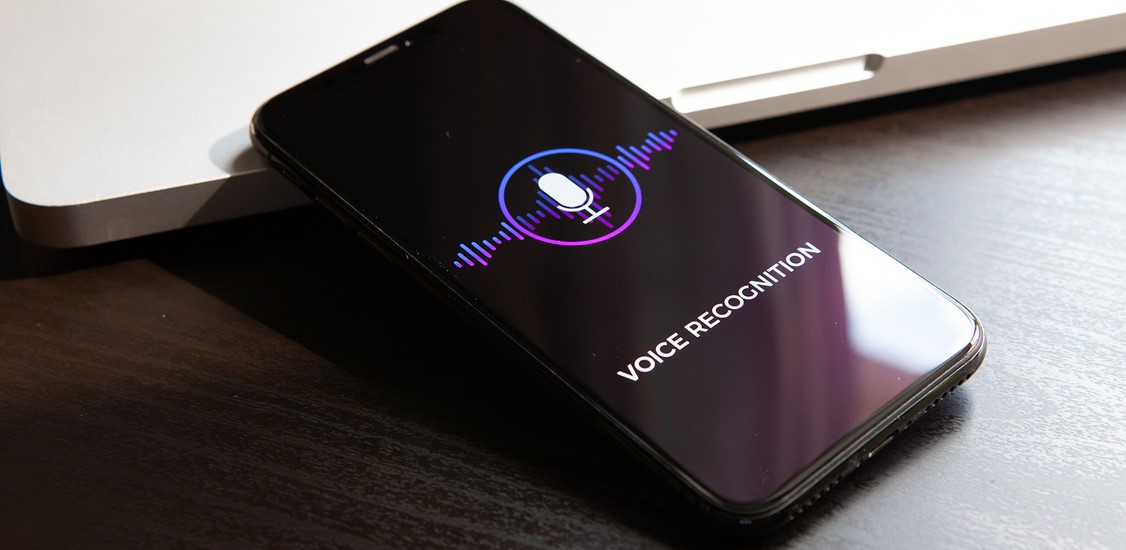Voice assistants are bleeding cash. In 2022, Amazon’s Alexa was on pace to lose $10 billion. As a result, the team behind the voice assistant is one of the hardest hit in Amazon's elimination of more than 10,000 jobs.
In the Internet of Things (IoT), industry insiders believed Alexa - along with Google Home and Apple Homepod - would serve as important gateways to connect and consolidate devices across the smart home. But, with dwindling resources and falling profitability, voice assistants are quickly falling out of favor.
There’s now a gap in the market for smartphones to rule tomorrow’s smart home. Let’s explore what’s changing.
Pros and cons of the voice assistant
In the early years, voice assistants represented one of the fastest-developing interfaces for users to access the web. But, with time, this trend has not continued. Nonetheless, voice assistants coordinate devices well to deliver much-needed interoperability. For example, voice assistants make it possible to program your coffee machine to automatically start at the same time as your smart alarm, or dim the lights and change the air temperature based on the time of day. Better yet, this can be done just by speaking to the device.
There’s no denying that voice assistants are great generalists. They enable users to quickly speak commands and set simple device functions. But, one criticism is that they lose specificity. Standalone device apps often count scores of possible customizations. However, it’s not always easy or possible to program these specifications directly with the voice assistant.
Further, there are competition considerations regarding these devices. The European Commission released a preliminary market report into consumer IoT. It noted that the “gatekeeper” role of the three big voice assistant platforms raised several competition concerns. Namely, leading voice assistant providers can pick and choose services by preferring their own over third parties.
Additionally, the report also deeply considered the data ramifications of voice assistants. Since they often become a central node of the user’s device ecosystem, they collect and collate scores of information. From there, voice assistants count great control over data flows and user relationships, going so far as to leverage such advantages in provisioning other connected device products and services.
Evidently, voice assistants are efficient in coordinating an IoT ecosystem. But, they also threaten to abuse the position of smart home “gatekeeper” for commercial benefit.
A gap in the market for smartphones
The failure of voice assistants opens the door for another uniting technology to take its place in the smart home. After all, the idea behind technology-enabled living is multiple devices working in unison. There is clear potential for the smartphone. The device is already ubiquitous and uniquely tied to individual devices. And, as mentioned, standalone apps allow users to dive into the nitty gritty of each device and its functionality.
What is missing is a singular language to bring different devices together. However, there is progress on this front. Matter is a growing protocol for IoT devices that allows them to communicate regardless of the system. The protocol reduces fragmentation across different vendors and achieves interoperability among devices. In short, Matter promotes compatibility at the network, application and system levels.
Further, the rise of low-power mesh networking increases device communication possibilities. Thread, for example, delivers fast response times, extended coverage and years of battery life to elevate smart home and building experiences. In tandem, Thread and Matter go some way toward improving device communication and connectivity.
Of course, even with these enhanced qualities, devices will need a single source of command for usability and interoperability. What shape this universal app takes remains to be seen. However, it’s worth mentioning that voice assistant leaders already count their own versions of this. For example, Google Assistant and Apple HomeKit are standalone applications which act as hubs for device interconnectivity. It will be interesting to see if consumers embrace these apps or turn to new solutions entirely.
Connecting devices in tomorrow’s smart home
The failure of the voice assistant creates space for another technology to enable tomorrow’s smart home. For many commentators, smartphones are the heir apparent. But, first, there must be the right infrastructure to connect and synchronize devices. Solutions like Thread and Matter are a good start. Next, there must be software solutions that not only unite devices but promote specificity. Expect startups to tackle such an app – one that is functional, safe and private – in the coming years.
Of course, the tech giants won’t go down without a fight. These corporations value their position as gatekeepers and want to keep it that way. Remember, they already count applications that attempt to bridge devices and unite the smart home. However, these apps don’t answer the data and competition issues raised by The European Commission.
Ultimately, users will decide how they want to connect their devices. If anti-competition and data retention problems are too great, they will choose alternative device management solutions. In any case, the downfall of the voice assistant will likely coincide with the rise of the smartphone for the smart home. While the exact method of control is still unclear, the medium is all but certain. Watch this space.






















